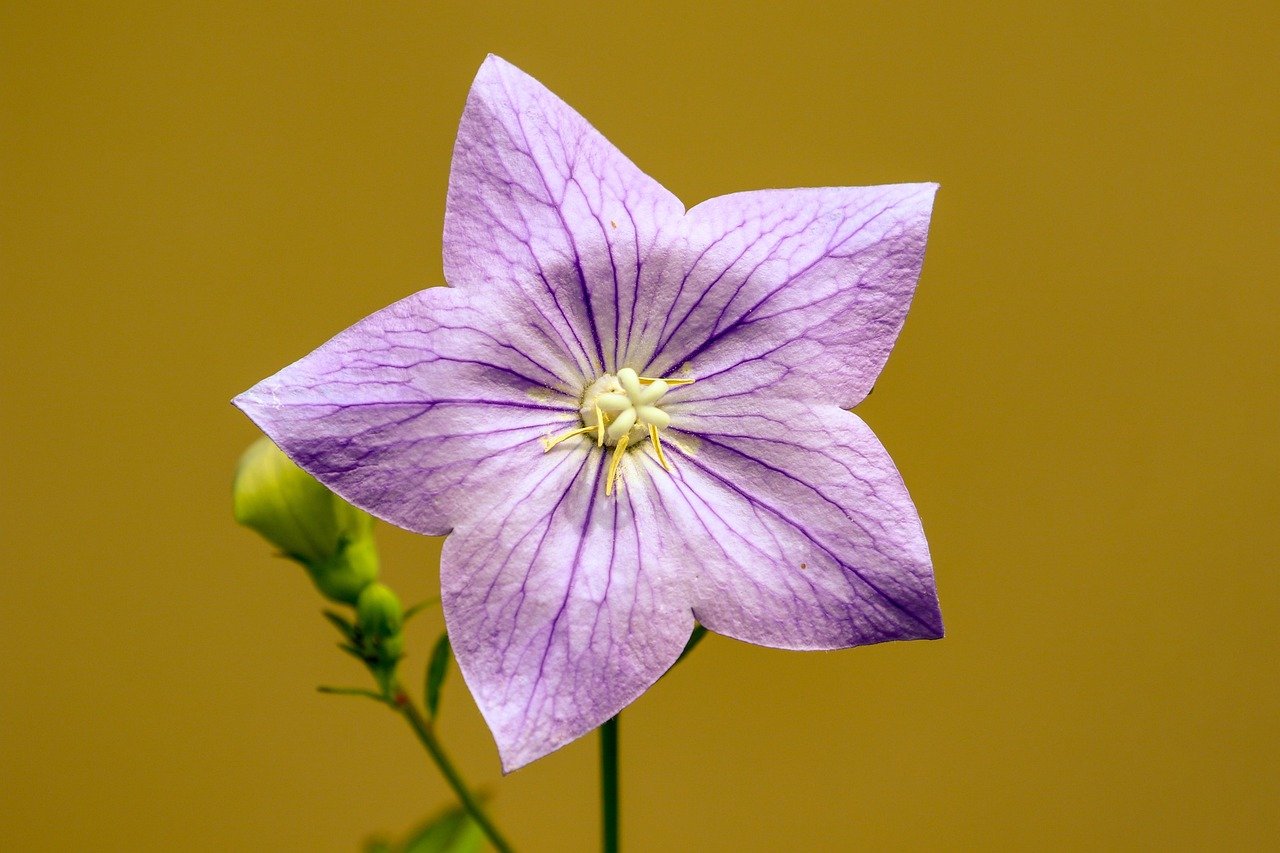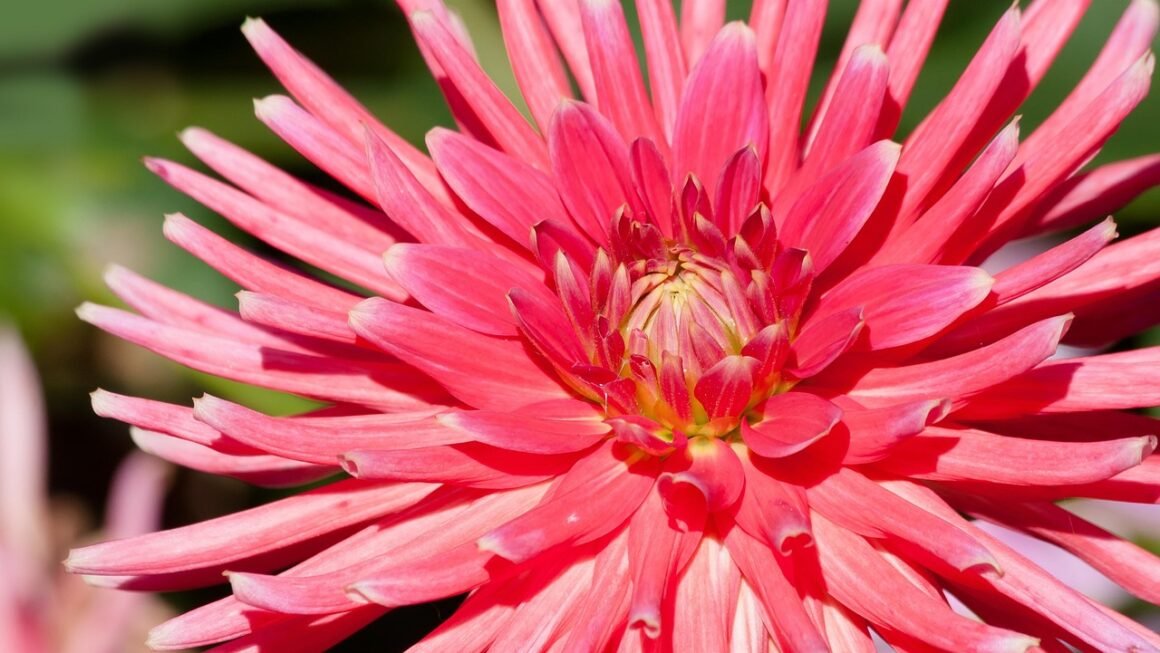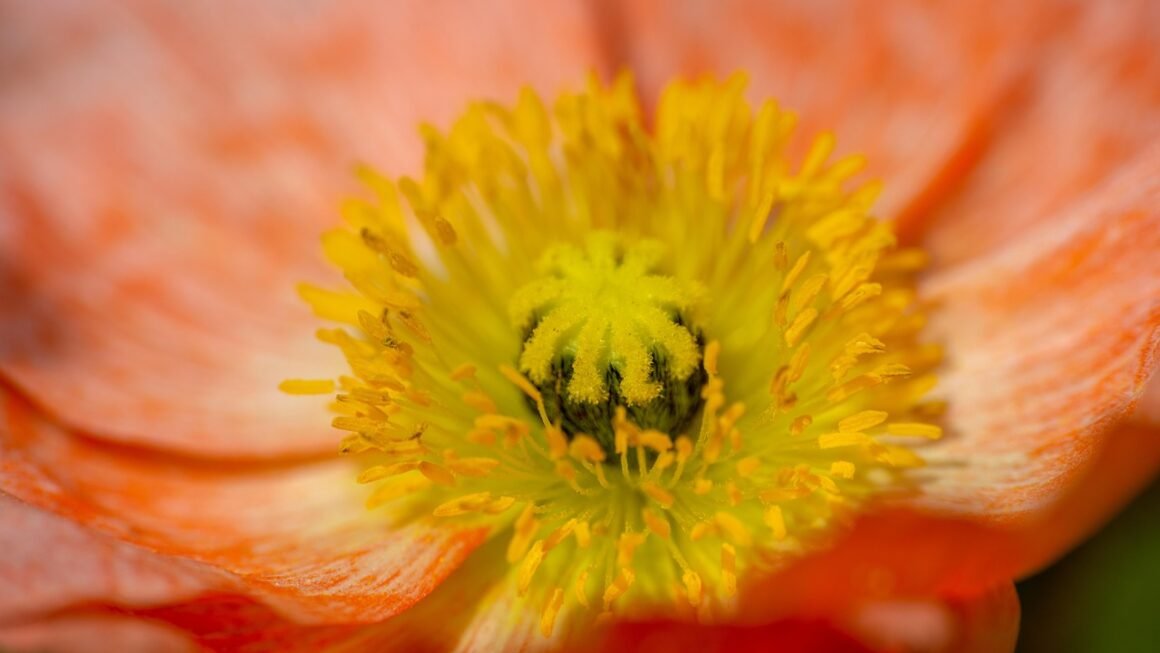Watering your garden can be a therapeutic joy, but it can also feel like a chore, especially when dealing with hard-to-reach plants or delicate blooms. That’s where the trusty watering wand steps in, transforming a potential back-breaking task into an effortless experience. From gentle showers for seedlings to targeted watering for hanging baskets, the watering wand is a versatile tool that every gardener should consider adding to their arsenal.
What is a Watering Wand?
Definition and Purpose
A watering wand is an extension attached to the end of a garden hose, designed to make watering plants easier and more efficient. It typically consists of a long handle, often made of metal or plastic, and a watering head that provides different spray patterns. The primary purpose is to extend your reach, allowing you to water hanging plants, high beds, and areas far from the faucet without straining or damaging your plants.
Common Features
- Extendable Reach: A long handle lets you water plants that are difficult to reach. Lengths can range from 16 inches to over 48 inches.
- Multiple Spray Patterns: Many wands feature adjustable heads that offer a variety of spray settings, such as shower, soaker, jet, mist, and cone.
- Flow Control: A convenient thumb control or squeeze trigger allows you to adjust the water pressure without having to go back to the faucet.
- Ergonomic Design: Comfortable grips and lightweight materials reduce strain during extended watering sessions.
- Durable Construction: Look for wands made of rust-resistant materials like aluminum or stainless steel.
Benefits of Using a Watering Wand
Gentle Watering for Delicate Plants
One of the biggest advantages of a watering wand is its ability to provide a gentle, rain-like shower for delicate plants. Strong blasts of water from a hose can damage fragile foliage and disrupt the soil. A watering wand with a “shower” or “mist” setting provides a much gentler alternative.
- Example: Use the “shower” setting on your watering wand to water newly planted seedlings or flowering annuals like petunias. This will prevent the plants from being flattened or damaged.
Improved Reach and Accessibility
Reaching hanging baskets, tall plants, or areas behind dense foliage can be challenging with a standard hose. A watering wand extends your reach, making these tasks much easier and more comfortable.
- Example: Use a long-reach watering wand to water hanging baskets without needing to lift or lower them. This is especially helpful for heavier baskets.
Water Conservation and Efficiency
Watering wands offer better control over water flow, which helps to reduce water waste. By using the right spray pattern and controlling the water pressure, you can deliver water precisely where it’s needed, minimizing runoff and evaporation.
- Example: Utilize the “soaker” setting for watering the base of your tomato plants. This method delivers water directly to the roots, reducing water loss to evaporation and minimizing the chance of fungal diseases.
Reduced Strain and Fatigue
Bending, stretching, and lifting heavy hoses can lead to back pain and fatigue. A watering wand, with its ergonomic design and extended reach, helps to reduce these physical strains, making gardening more enjoyable.
- Example: Gardeners with mobility issues will find watering wands invaluable. The extended reach and lightweight design allows for easy watering without excessive bending or straining.
Choosing the Right Watering Wand
Material and Durability
The materials used in a watering wand directly impact its durability and lifespan. Opt for wands made of rust-resistant materials like aluminum or stainless steel. Avoid wands with flimsy plastic components, which are more prone to breakage.
- Tip: Check customer reviews to see what other gardeners are saying about the wand’s durability and resistance to wear and tear.
Spray Patterns and Adjustability
Consider the types of plants you’ll be watering and choose a wand with the appropriate spray patterns. A wand with multiple settings, such as shower, soaker, jet, and mist, will provide greater versatility.
- Practical Application: If you have a variety of plants with different watering needs, a wand with multiple adjustable spray settings is a must.
Handle and Grip Comfort
Look for a watering wand with a comfortable, ergonomic grip. A cushioned handle will reduce hand fatigue during extended watering sessions.
- Recommendation: Test the grip of the wand before purchasing, if possible. Make sure it feels comfortable in your hand and provides a secure hold, even when wet.
Length and Weight
Choose a wand length that suits your gardening needs. A shorter wand may be sufficient for small gardens or container plants, while a longer wand is better for reaching high or distant areas. Also, consider the weight of the wand; a lighter wand will be easier to handle for longer periods.
- Example: If you’re primarily watering container gardens on a patio, a shorter, lightweight wand (around 16-24 inches) might be ideal. For larger gardens or raised beds, a longer wand (36-48 inches or more) would be more suitable.
Using and Maintaining Your Watering Wand
Proper Watering Techniques
Use the appropriate spray pattern for the plant you’re watering. For delicate plants, use a gentle shower or mist. For established plants, you can use a stronger spray to deliver water directly to the roots. Avoid watering foliage in the late evening, as this can promote fungal diseases.
- Tip: Water deeply and less frequently, rather than shallowly and often. This encourages roots to grow deeper into the soil.
Cleaning and Storage
To keep your watering wand in good condition, clean it regularly to remove dirt and debris. Rinse the wand with clean water after each use and store it in a dry place to prevent rust and corrosion.
- Maintenance Tip: Periodically check the spray head for clogs and clean them with a small brush or needle.
Winterizing Your Watering Wand
In cold climates, protect your watering wand from freezing temperatures. Disconnect the wand from the hose and drain any remaining water. Store the wand in a sheltered location, such as a garage or shed, to prevent damage from freezing.
- Actionable Step: Before the first frost, detach your watering wand, drain it thoroughly, and store it indoors to prevent cracking or damage from ice.
Conclusion
The watering wand is an indispensable tool for any gardener looking to simplify their watering routine. With its extended reach, adjustable spray patterns, and ergonomic design, the watering wand makes watering easier, more efficient, and more enjoyable. By selecting the right watering wand and following proper usage and maintenance tips, you can keep your plants healthy and thriving while minimizing strain and water waste. Add a watering wand to your gardening tools today and experience the difference it can make.




